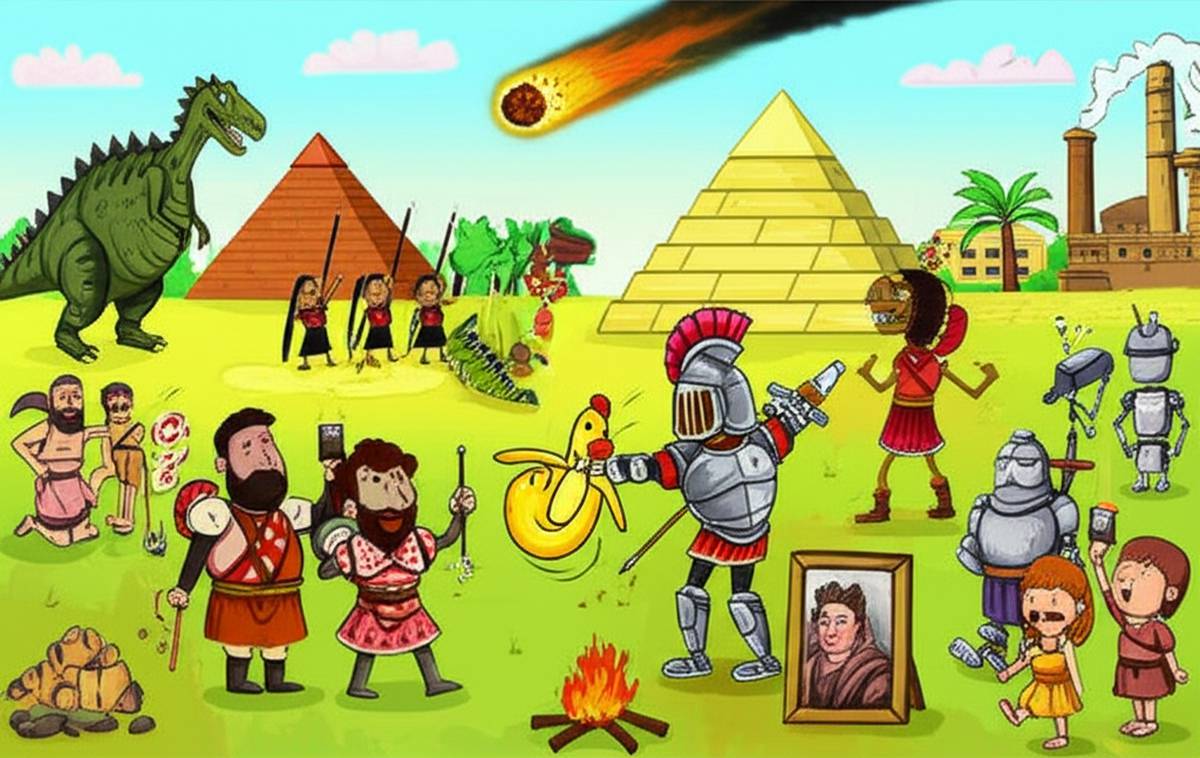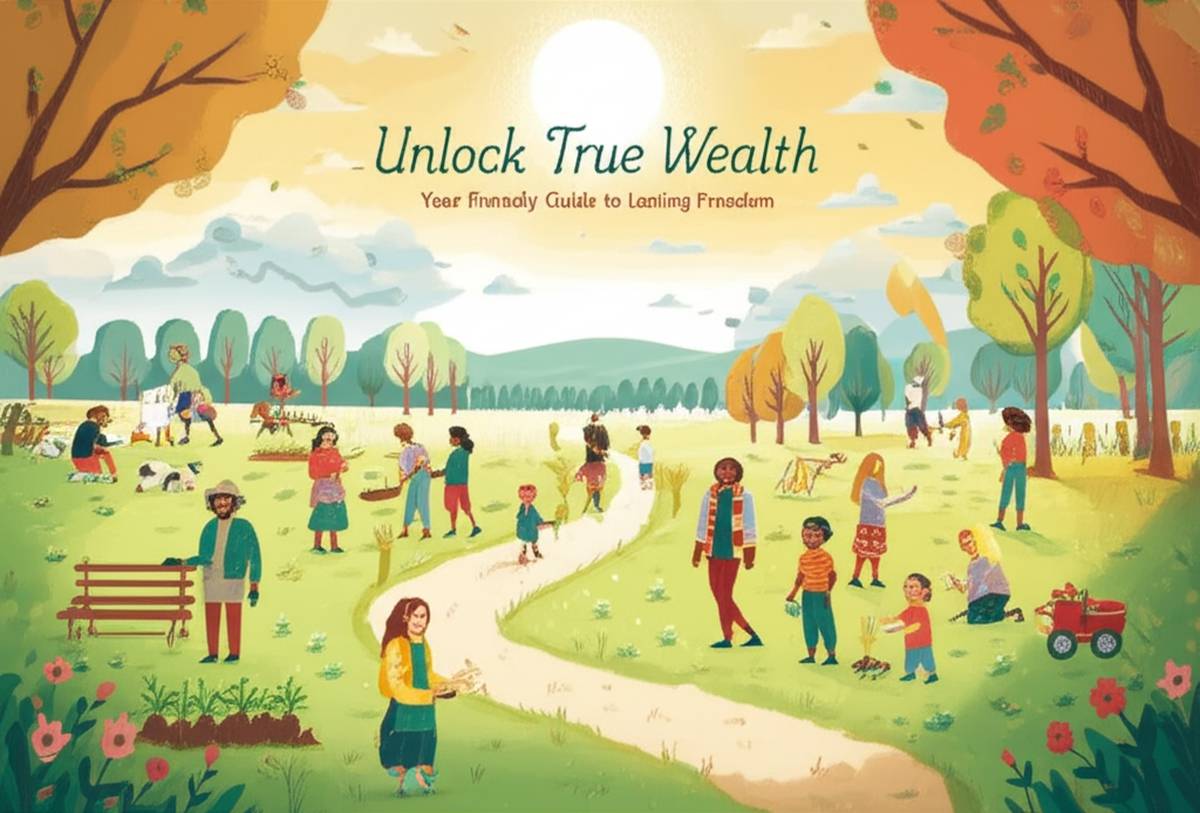The History of Earth? Oh boy, where do we even begin? It’s like trying to recap a party that’s been raging for 4.543 billion years. There’s bound to be some hazy memories, questionable decisions, and maybe even a few unexpected dinosaur sightings. But fear not, intrepid time traveler, because we’re about to embark on a whirlwind tour of our planet’s past, with plenty of laughs along the way. This exploration of the History of Earth will hopefully be memorable!
The Hadean Eon: Hell on Earth (Literally)
Imagine a world of molten rock, constant volcanic eruptions, and asteroid bombardments. Sounds like a Michael Bay movie, right? Well, that was the Hadean Eon, Earth’s awkward teenage phase. No continents, no oceans (at least not liquid ones), and definitely no breathable air. It was so hot, it would make your grandma’s chili look like a popsicle. Scientists believe that during this period, a Mars-sized object named Theia crashed into Earth, resulting in the formation of the Moon. Talk about a dramatic entrance! You can see how this formed the basis of the History of Earth.
Key Events of the Hadean Eon:
- Formation of Earth: From a swirling disk of dust and gas.
- Theia Impact: Boom! Moon time!
- Late Heavy Bombardment: Asteroids galore! Earth’s version of a pinata party (with much more fire).
The Archean Eon: Life Finds a Way (Despite the Odds)
Things started to cool down (slightly) in the Archean Eon. Oceans began to form, and the first continents started to appear. But the atmosphere was still mostly carbon dioxide and methane, which is great for greenhouse gases, not so great for breathing. The real exciting news? Life emerged! Single-celled organisms, like bacteria and archaea, popped up in the oceans. They may not have been much to look at, but they were the pioneers, the rock stars of early Earth. The beginning signs of life are the main event of the History of Earth, and were quite exciting.
Archean Highlights:
- First oceans form.
- Origin of life (single-celled organisms).
- Photosynthesis evolves (sort of – early versions didn’t release oxygen).
The Proterozoic Eon: Oxygen Revolution and Snowball Earth
The Proterozoic Eon was a time of major changes. Cyanobacteria (those early photosynthetic organisms) finally figured out how to release oxygen as a byproduct. This led to the Great Oxidation Event, which, while eventually paving the way for more complex life, was initially a mass extinction event for the anaerobic organisms that couldn’t tolerate oxygen. Oh, and did we mention Snowball Earth? Several times during the Proterozoic, the planet froze over almost completely. Talk about a glacial period! This oxygen revolution is a key point in the History of Earth.
Proterozoic Pandemonium:
- The Great Oxidation Event: Oxygen floods the atmosphere, killing off many early life forms but paving the way for more complex life.
- Snowball Earth: The planet freezes over… repeatedly.
- First eukaryotic cells evolve: Cells with a nucleus! Fancy!
The Phanerozoic Eon: The Age of Visible Life (and Extinction Events!)
Finally, we arrive at the Phanerozoic Eon, the current eon, and the one we know the most about. This is where things really get interesting (and complicated). The Phanerozoic is divided into three eras: Paleozoic, Mesozoic, and Cenozoic. Each era is characterized by different dominant life forms and, of course, mass extinction events. Five major extinction events punctuate the Phanerozoic, each wiping out a significant portion of life on Earth. But hey, every cloud has a silver lining, right? Extinction events often paved the way for new species to evolve and fill the ecological niches left behind.

Phanerozoic Fun Facts:
Paleozoic Era:
- The Cambrian Explosion: A sudden burst of biodiversity.
- First vertebrates evolve.
- The Permian-Triassic extinction event: The largest mass extinction in Earth’s history.
Mesozoic Era:
- The Age of Dinosaurs!
- First mammals and birds evolve.
- The Cretaceous-Paleogene extinction event: Dinosaurs go extinct (except for birds, of course).
Cenozoic Era:
- The Age of Mammals!
- Evolution of humans.
- The current ice age (which we’re still in, technically).
The Future of Earth: Who Knows?
So, what does the future hold for Earth? Well, that’s a tough question. Climate change, asteroid impacts, and supervolcano eruptions are all potential threats. But the biggest threat of all? Probably us! Whether we manage to solve our problems and create a sustainable future or drive ourselves to extinction remains to be seen. One thing’s for sure: the Earth will keep spinning, and life will find a way, even if it’s not the life we know today. The future is unwritten in the History of Earth. For further reading, check out Wikipedia’s article on the Geologic Time Scale.
FAQs About Earth’s History
How old is the Earth?
The Earth is approximately 4.543 billion years old (give or take a few million). That’s a lot of candles for its birthday cake!
What was the biggest extinction event in Earth’s history?
The Permian-Triassic extinction event, also known as the “Great Dying,” wiped out an estimated 96% of marine species and 70% of terrestrial vertebrate species.
Will humans cause another mass extinction event?
Many scientists believe that we are currently in the midst of a sixth mass extinction event, driven by human activities such as habitat destruction, pollution, and climate change. The severity of this extinction event will depend on our actions in the coming years.
What can I do to help protect the Earth?
There are many things you can do to help protect the Earth, such as reducing your carbon footprint, conserving resources, and supporting environmentally friendly policies and organizations.



